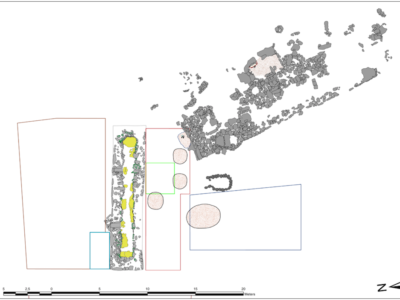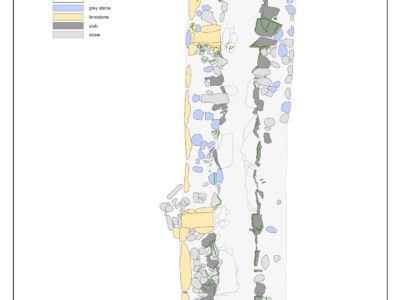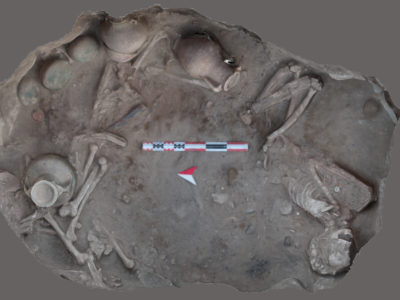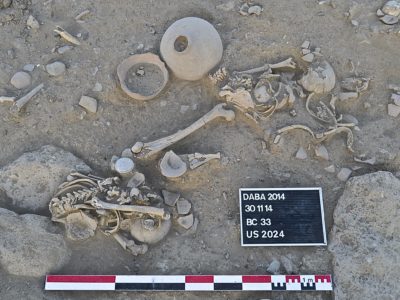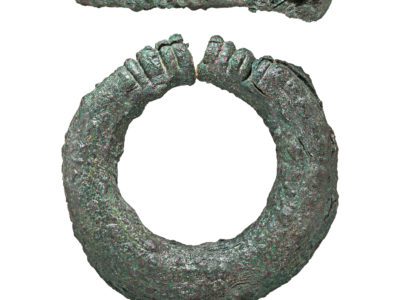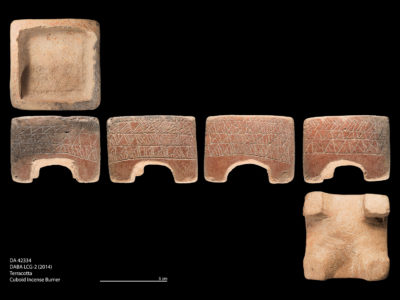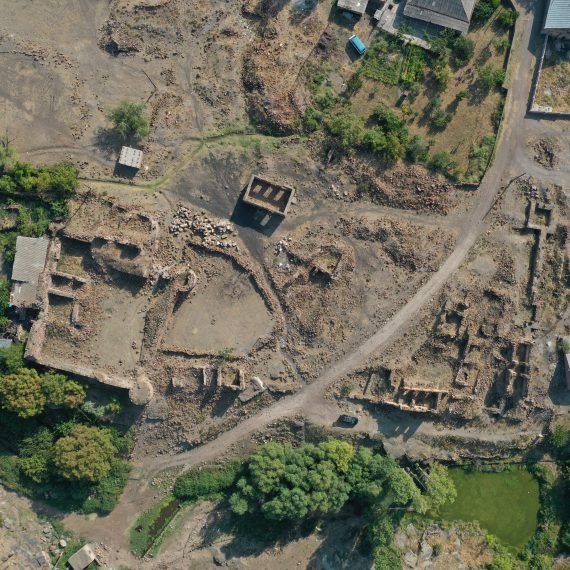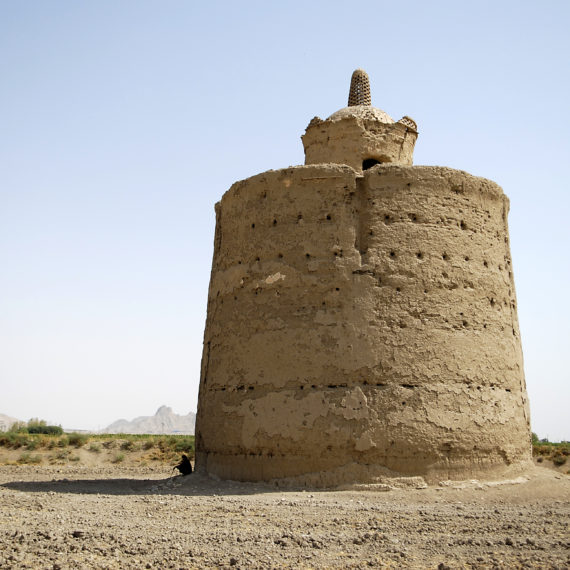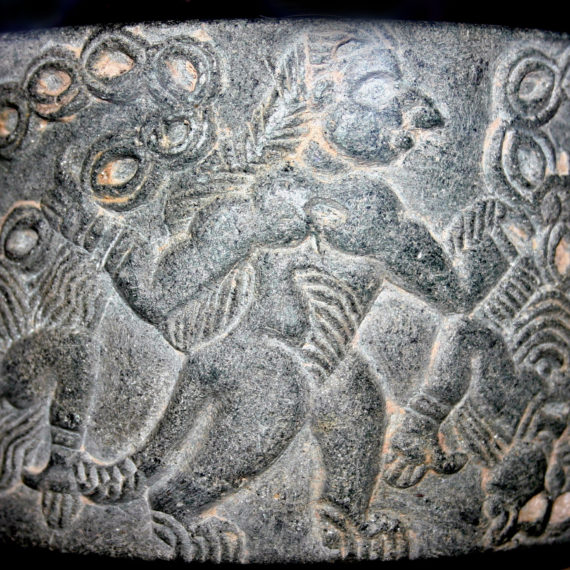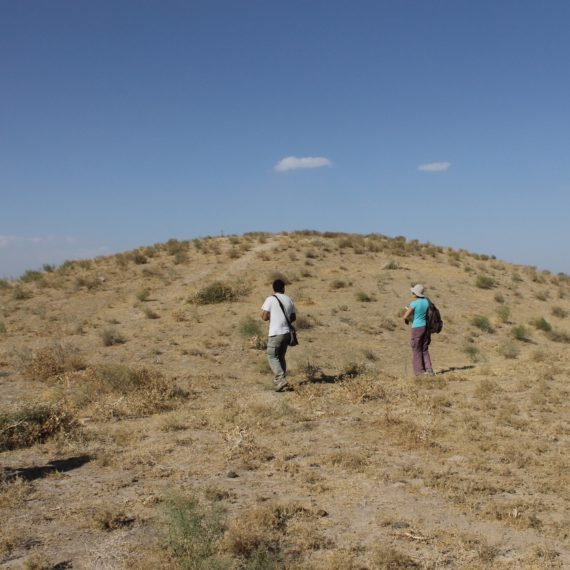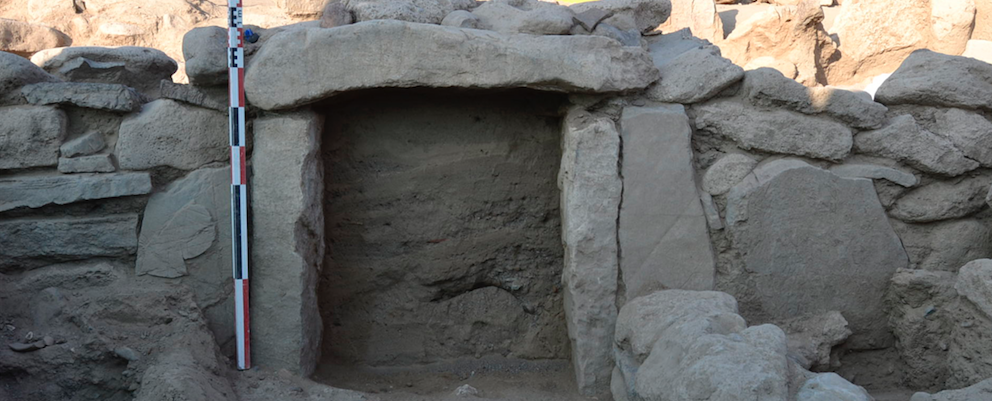
Italian Archaeological expedition to the burials site of Daba (Sultanate of Oman)
Since 2013, the Italian archaeological mission has been involved in the excavation of the Daba funerary complex in the Musandam Peninsula (Oman), on the basis of a collaboration agreement with the Ministry of Culture of the Sultanate of Oman which has entrusted the direction of research to Dr Francesco Genchi.
The accidental discovery of the site was followed by the initial intervention of local archaeologists; the Italian mission started in April 2013. Three excavation campaigns were conducted with funding by the Omani Ministry. Since 2017 the mission has been part of the activities of the University of Rome ‘La Sapienza’ and sponsored by the Ministry of Foreign Affairs and International Cooperation, while from 2018 it has received support from ISMEO – International Mediterranean and Oriental Studies Association.
The funerary complex of Daba is currently composed of two large collective tombs (LCG1 and LCG2), a Parthian grave and several ritual pits filled with objects made of bronze, stone and pottery (well preserved vases and weapons of high quality). Geophysical surveys have shown the presence of further large collective tombs. The two great funerary monuments were used over a period that stretched from the Late Bronze Age (1600- 1350 BC) to the Iron Age II/III (around 600 BC).
Archaeological evidence suggests that the entire funerary area may have been used as a monumental tribute to tribal alliances dating back to the end of the 2ndmillennium BC. The collective graves were investigated during five excavation campaigns (from 2013 to 2018). During the second campaign structures were unearthed that belonged to a second great tomb (LGC2), which (although not yet fully excavated) has yielded a large number of objects and depositional contexts that are mostly intact.
While LCG-1 (14 x 3.5 metres) has mainly provided quantitative data on objects and osteological finds (the remains of at least 188 individuals and almost 3600 valuable objects including bronze and soapstone containers, daggers, bracelets, arrowheads, inlaid shell medallions and 5000 beads made of different materials), LCG-2 (23 x 6 metres) has allowed the evaluation and interpretation of what appears to be a multifaceted funeral ritual.
At present LCG2 has yielded thousands of objects (more than 3000 of high quality), often in close association with human and animal remains, and several phases of use, restoration and structural modification– such as the addition of rooms externally or along the original perimeter – have been recognized.
The large size of these collective tombs, together with the numerous individuals and great quantity of archaeological finds they contained, underline the importance of Daba as a sacred area. Moreover, the absence of selection by gender or age of the individuals buried there, with regard to both primary and secondary depositions, shows the great aggregative function of the funerary structure.




